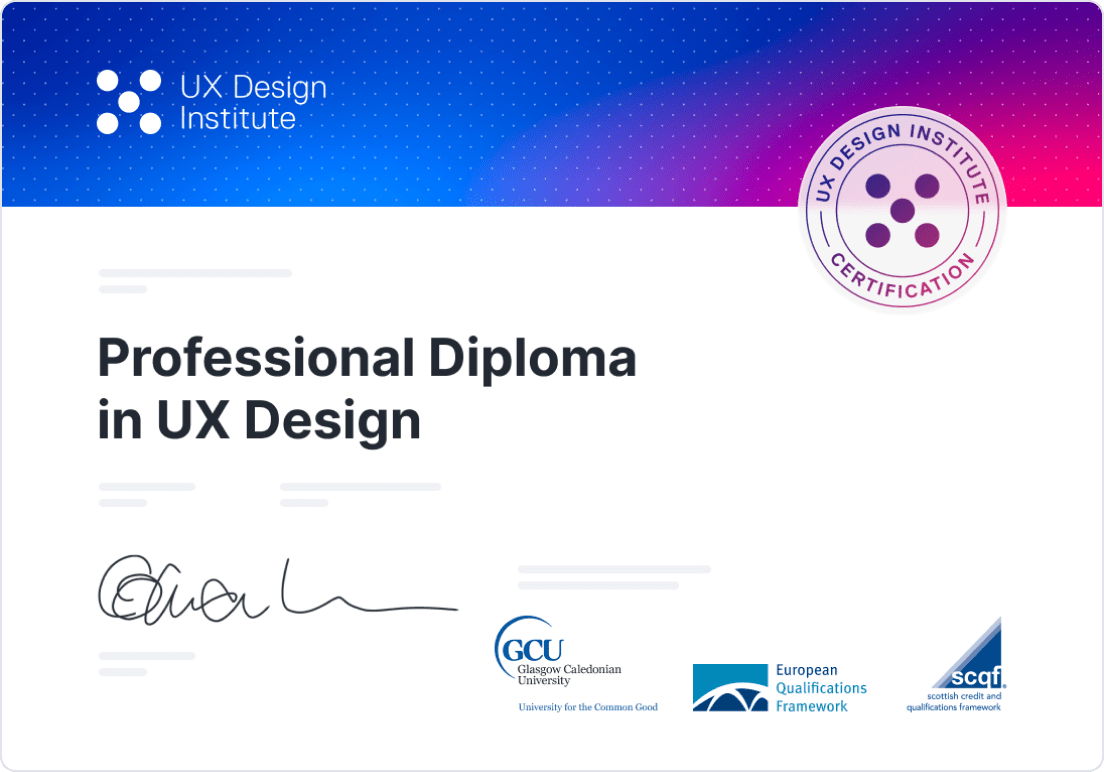Education for every phase of your UX career
Whether you’re starting out or advancing your career, you’ll find courses for your next step, including the latest in AI.
Professional diplomas
UX Design
Product Design (UX/UI)Bundle and save
Certificate courses
UI Design
Designing for Accessibility
User Research
Content Design
Short courses
UX Design Fundamentals
Working with Developers
AI courses
AI Fundamentals for UXNew
AI for User ResearchNew
AI for PrototypingNew




















































